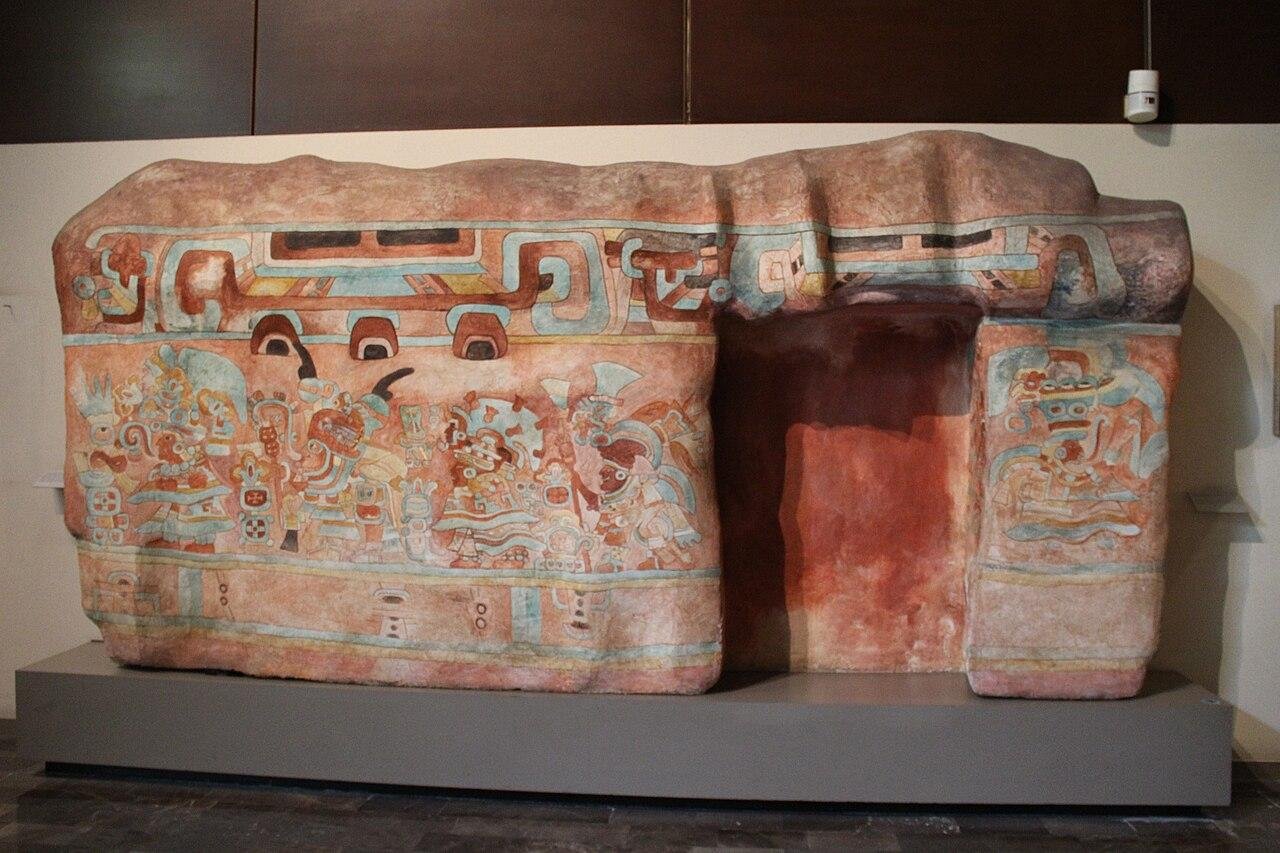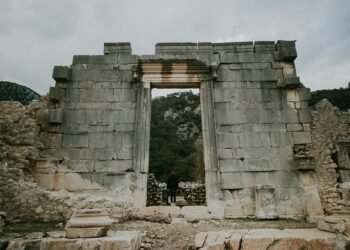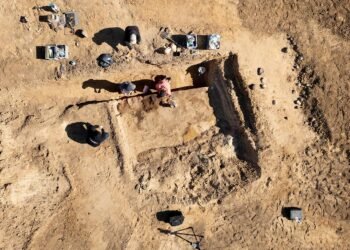Today, San Pedro Nexicho is a quiet town of just 150 residents nestled in the Sierra Juárez mountains of Oaxaca. But recent archaeological discoveries reveal that it was once one of the region’s most prominent pre-Hispanic settlements, serving as the capital of the Ixtepeji fiefdom before the Spanish conquest.

A team from Mexico’s National Institute of Anthropology and History (INAH) recently uncovered five ancient Zapotec tombs in the area, bringing the total number of known burial monuments in San Pedro Nexicho to twelve. The elaborate construction and number of these tombs point to the town’s former wealth and significance.
According to Dr. Nelly Robles García, an INAH archaeologist, the discovery followed an alert from the Alfredo Harp Helú Foundation (FAHHO) regarding signs of irregular activity at several tomb sites. INAH’s Oaxaca Center then commissioned a professional team to assess four rectangular tombs and one cruciform (cross-shaped) tomb. These tombs have now been stabilized and restored, with new protective coverings and improved access.
Fieldwork was carried out between 2015 and 2020, Robles noted, and the analysis of the archaeological materials is currently underway. Future publications will explore San Pedro Nexicho’s role during the pre-Hispanic era, with special attention to its connections with the Valley of Oaxaca and the Mixteca region.
The most prominent structure, known as Tomb 1, is cruciform in shape and located on what was once a residential terrace. It was initially discovered in 2010 by a local resident but was subsequently looted. Fortunately, parts of the funerary offerings, including a small gold bead and vivid mural paintings, were recovered and restored. Specialists have since rehabilitated the tomb’s architecture and conserved the floor murals.
The tombs date back to the Classic and Postclassic periods (CE 200–1521). According to Robles, these structures will offer valuable clues about elite funerary practices during this era and contribute to a broader understanding of burial traditions in sites like Monte Albán, Atzompa, and Suchiquiltongo in the Valley of Oaxaca.
Archaeologists found only a few items in three of the tombs, including miniature ceramics, shell ornaments, and green stones imported from outside the region. However, two of the tombs remained intact, containing bone material that, despite deterioration from centuries of moisture infiltration, will yield important insights into the people who once lived there.
One hall of the Community Museum of San Pedro Nexicho has now been transformed into the Sierra Juárez region’s first dedicated archaeological workspace. Dr. Robles emphasized that this facility not only enhances local engagement with heritage but also helps underscore Nexicho’s past importance as a vital stop along pre-Hispanic commercial routes on the Zapotec frontier.
























